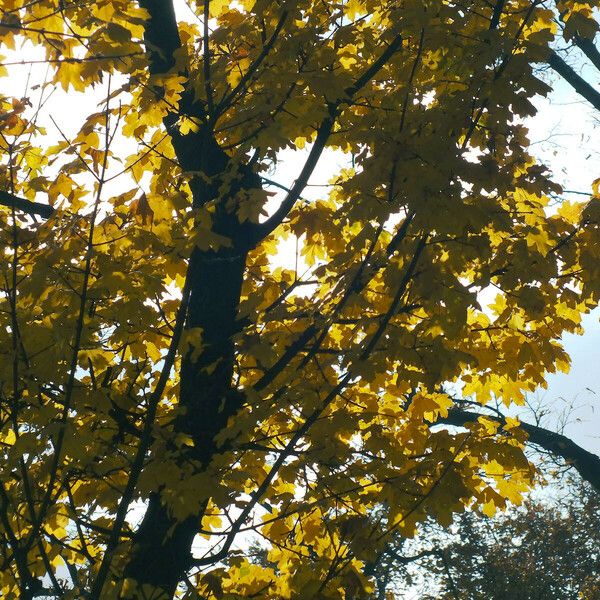ObservaciónAcer saccharum Marshallobserved by Andrzej KonstantynowiczAndrzej Konstantynowicz26 de octubre de 2015
Andrzej KonstantynowiczAndrzej Konstantynowicz26 de octubre de 2015
observed by Andrzej KonstantynowiczAndrzej Konstantynowicz
Andrzej KonstantynowiczAndrzej Konstantynowicz
26 de octubre de 2015
Determinación
Proposed determination
Nombre probable (Nombre sometido)
100 %Confidence score
Suggest another determination
You don’t agree with the suggested species but don’t have another suggestion
Comentarios
Datos adicionales
Fecha de creación
30 de oct. de 2022
Revisado por última vez
9 de oct. de 2023
Łódź, Park Poniatowskiego
It is native to the hardwood forests of eastern Canada and eastern United States.
Ornamental plant.
Edible plant - the sap contains quite a large proportion of sugar, can be used as a refreshing drink, or be concentrated into a syrup by boiling off the water; self-sown seedlings, gathered in early spring, are eaten fresh or dried for later use; seeds cooked, the wings are removed and the seeds boiled then eaten hot; the inner bark cooked, it is dried, ground into a powder and then used as a thickening in soups etc or mixed with cereals when making bread.
Herbal plant - a tea made from the inner bark is a blood tonic, diuretic and expectorant, it has been used in the treatment of coughs, diarrhoea, etc.; a compound infusion of the bark has been used as drops in treating blindness; maple syrup is used in cough syrups and is also said to be a liver tonic and kidney cleanser.
Useful plant - the ashes of the wood are rich in alkali and yield large quantities of potash, thus can be used for making home-made soap; the heartwood is light brown, tinged with red, the thin layer of sapwood is lighter in colour; the wood is close grained, tough, hard, heavy, strong, not very durable; it takes a high polish, remains smooth under abrasion, has a high shock-resistance, holds nails well, is fair in gluing, dries easily and shrinks moderately.

